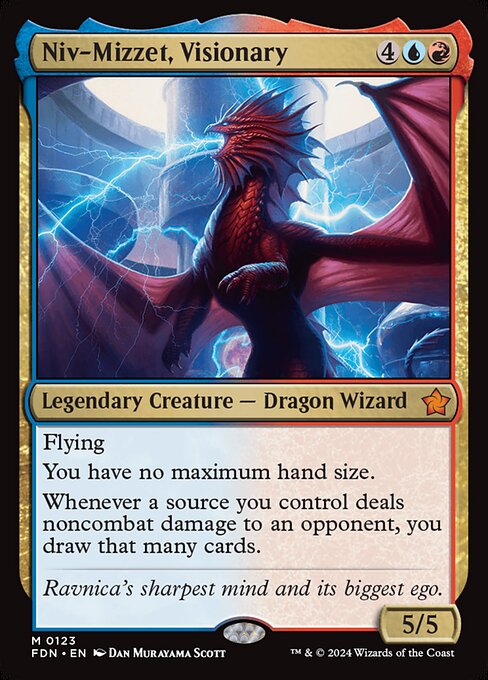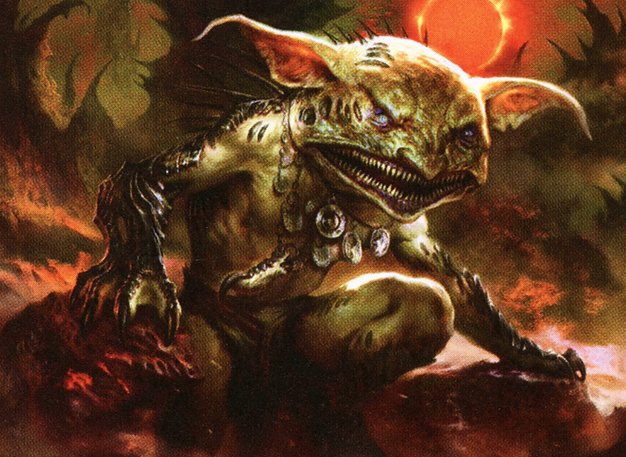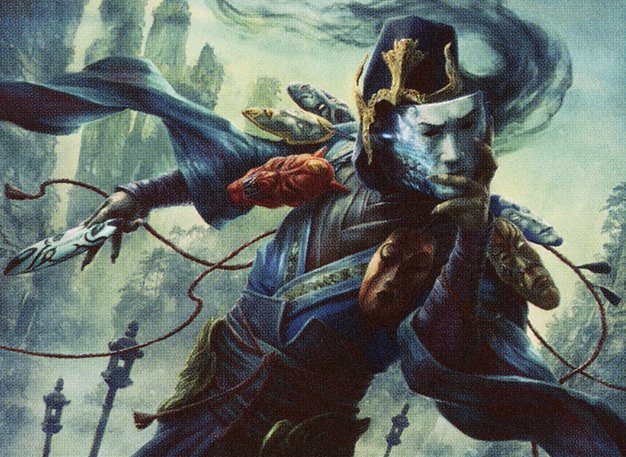Deck & Commander Strategies

Niv-Mizzet, Visionary
Generate incremental card advantage by dealing damage triggered from drawing cards, aiming to chain spells and win through a large storm turn with burn damage.

Korvold, Fae-Cursed King
Use sacrifice outlets and treasure generation to draw cards and grow Korvold, leveraging incremental advantage to eventually close the game with a combo or overwhelming board state.
Krarkashima of a Thousand Faces
Utilize coin flip synergies and spellslinging to build storm count and combo off with manual storm, relying on randomness manipulation to maintain consistency.

Elsha of the Infinite
Set up infinite casting loops with Sensei's Divining Top and Underworld Breach to draw the entire deck and execute a combo win, supported by efficient cantrips and disruption.
Gameplay Insights
- 1
Players carefully timed their removal and interaction, holding back to punish critical ramp pieces or combo enablers rather than expending resources prematurely.
- 2
Korvold's synergy with treasure tokens and sacrifice outlets allowed for steady card draw and board development, putting pressure on other players to respond quickly.
- 3
The presence of multiple storm and combo decks led to cautious play from all participants, with incremental advantage and mana efficiency prioritized over early aggression.
- 4
Coin flip mechanics in Krarkashima's deck provided a unique variance element, requiring opponents to adapt their interaction timing to counter potential burst combos.
- 5
The game balanced between slow buildup of resources and sudden explosive turns, highlighting the tension inherent in cEDH multiplayer dynamics.
Notable Cards
-

Ancient Tomb
-
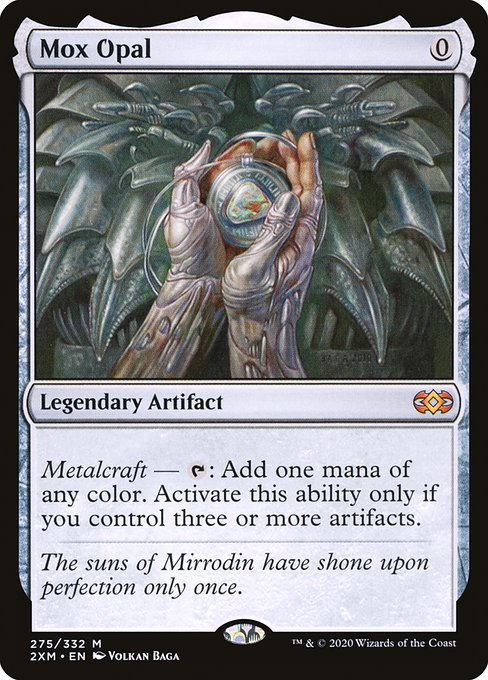
Mox Opal
-
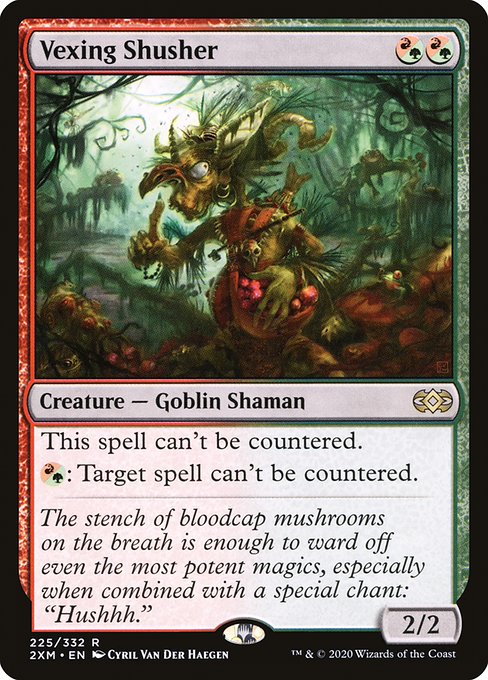
Vexing Shusher
-
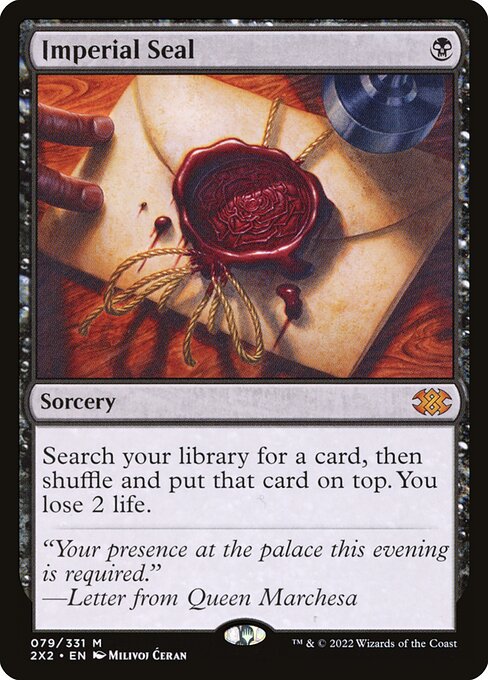
Imperial Seal
-
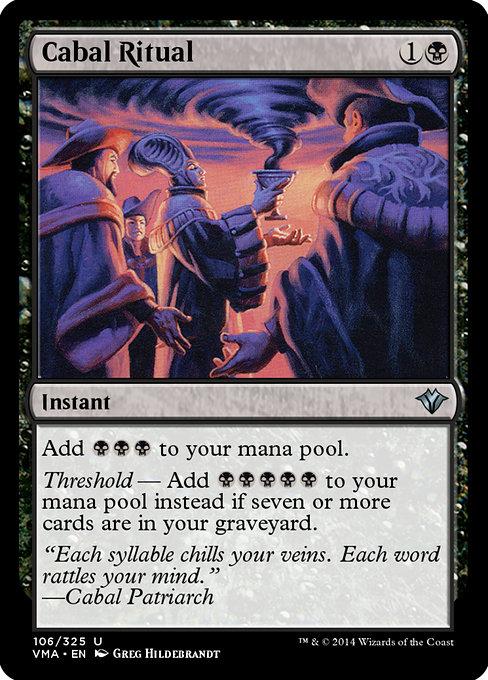
Cabal Ritual
-
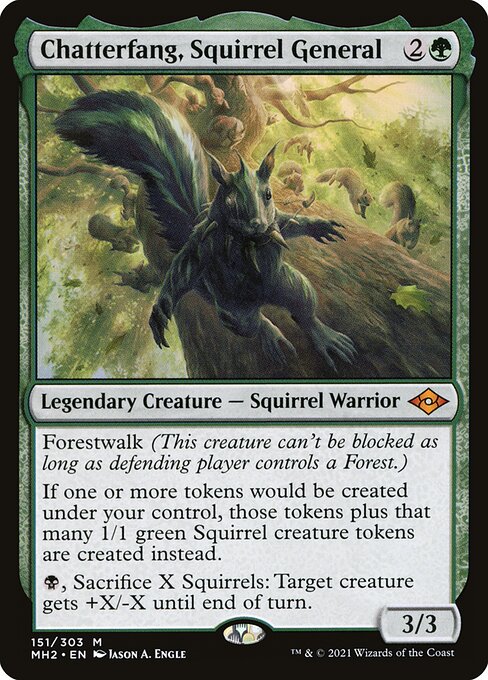
Chatterfang, Squirrel General
-
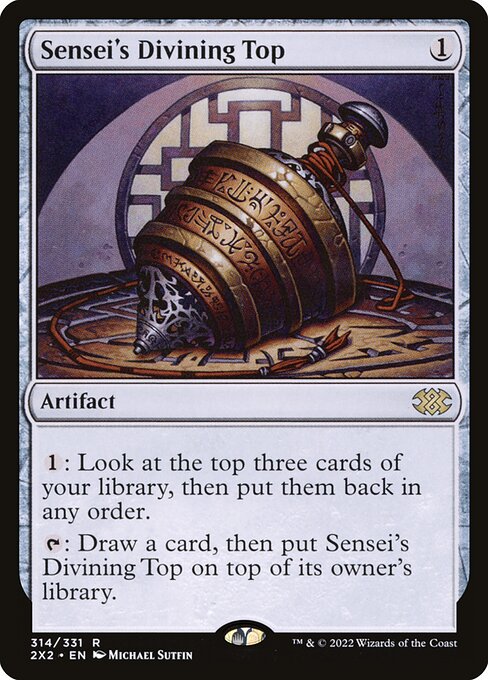
Sensei's Divining Top
-

Underworld Breach
Gameplay Summary
The game featured four highly interactive and explosive cEDH decks, each leveraging powerful combos and synergies to gain advantage and close out the game quickly.
Early turns were filled with ramp spells like Moxen, Ancient Tomb, and various fetch lands, setting up critical mana bases and enabling fast plays.
Niv-Mizzet, Visionary sought to generate massive card advantage through its draw-then-damage trigger, building up to a big storm turn.
Korvold aimed to leverage sacrifice loops combined with his commander to draw and drain opponents, supported by treasure generation and incremental card draw. Krarkashima utilized coin-flip based interactions and spell-slinging to combo off with manual storm, while Elsha of the Infinite aimed to establish infinite casting loops with Sensei's Divining Top and Underworld Breach to draw the entire deck and win.
The early game saw players jockeying for board presence and interaction, with some players holding back removal to punish key plays like artifact ramp or creatures that enable combos.
Korvold's sacrifice and treasure synergies started gaining momentum, drawing cards and pressuring opponents.
The game was marked by highly tactical decisions around when to expend interaction, how to maximize mana efficiency, and when to push for damage or combo off, creating a tense and dynamic early-mid game.


